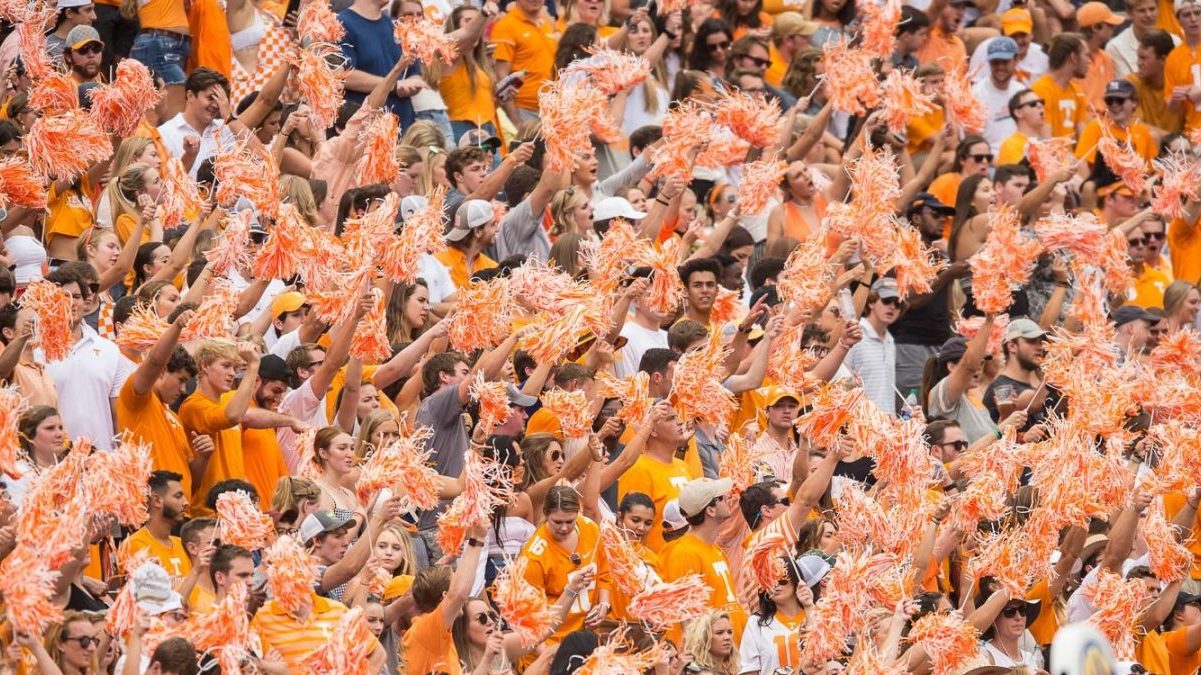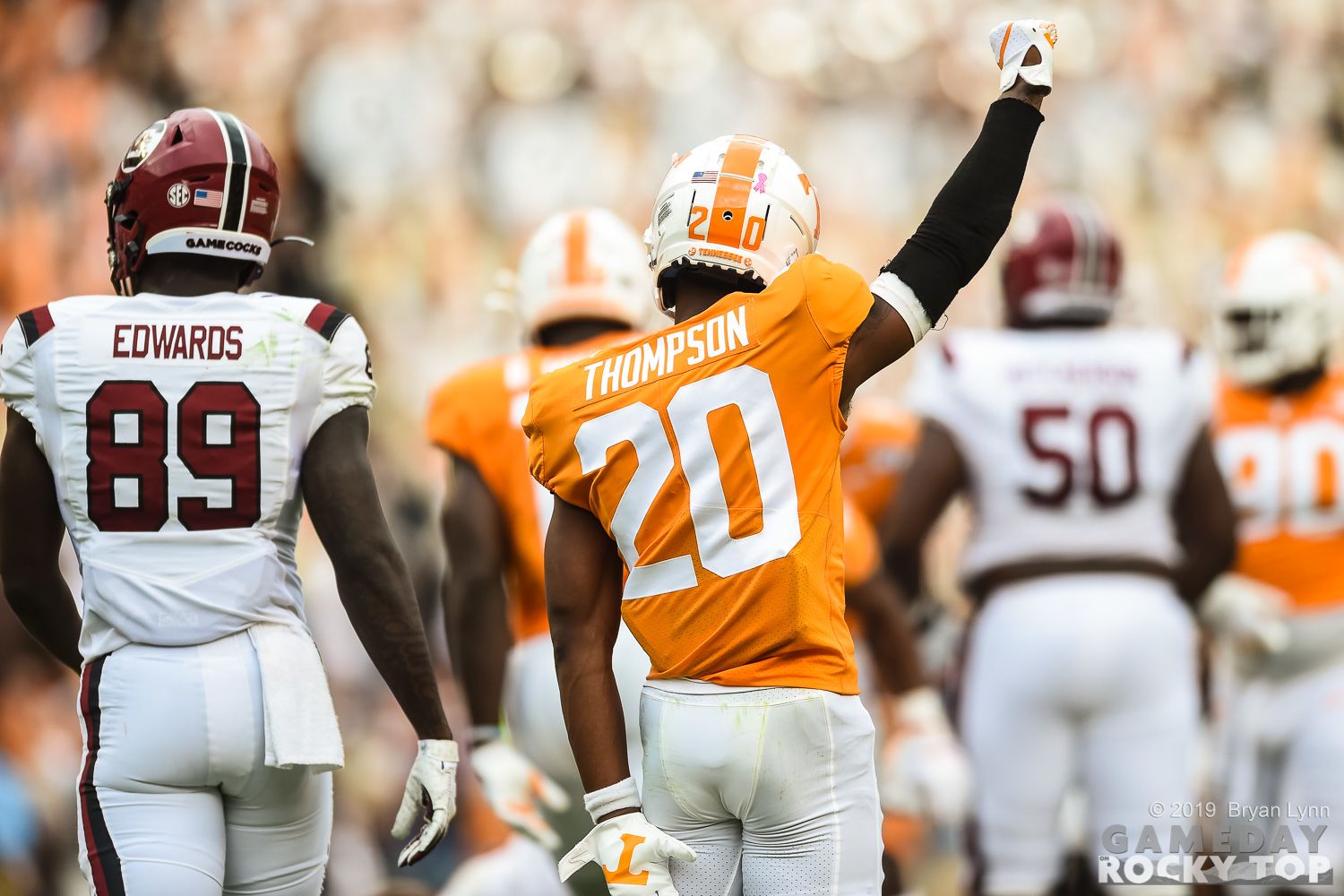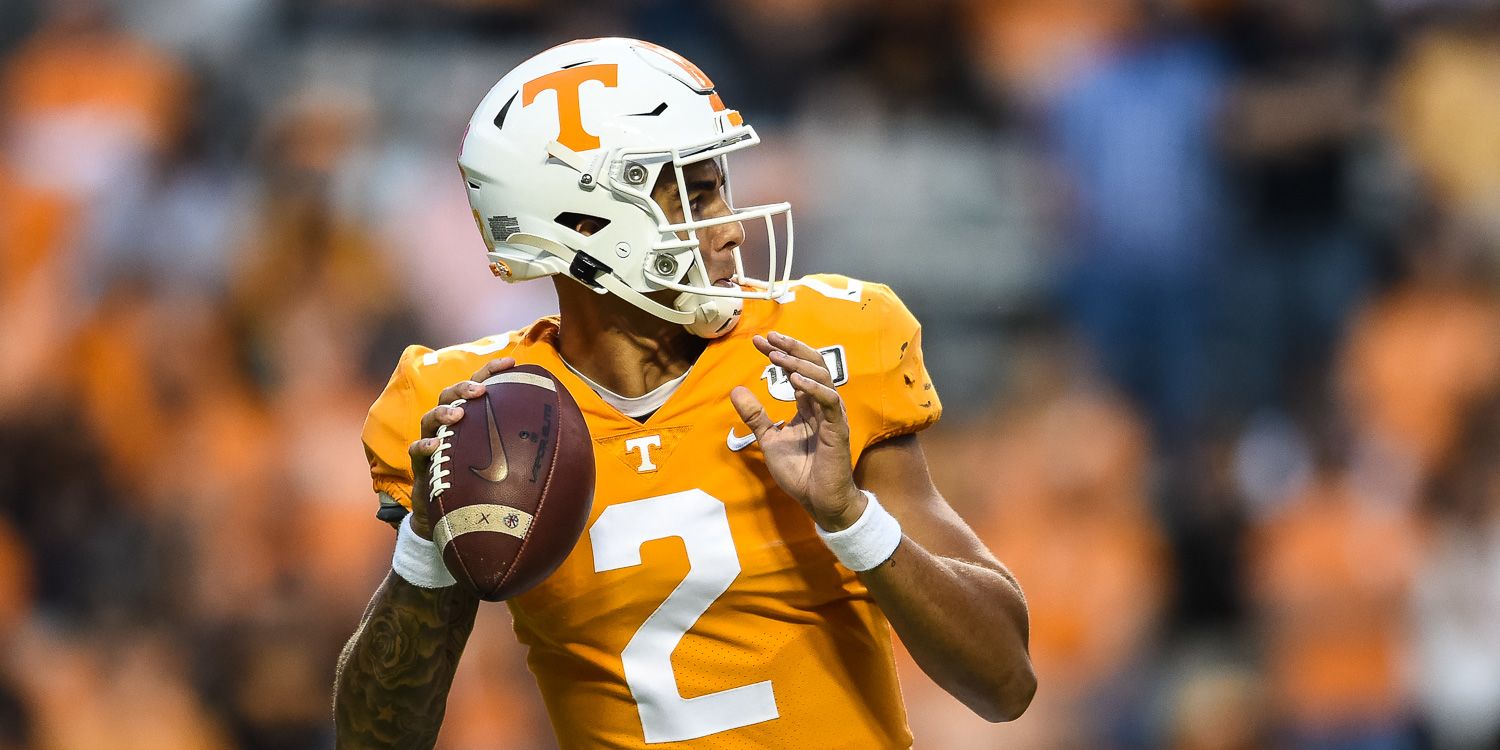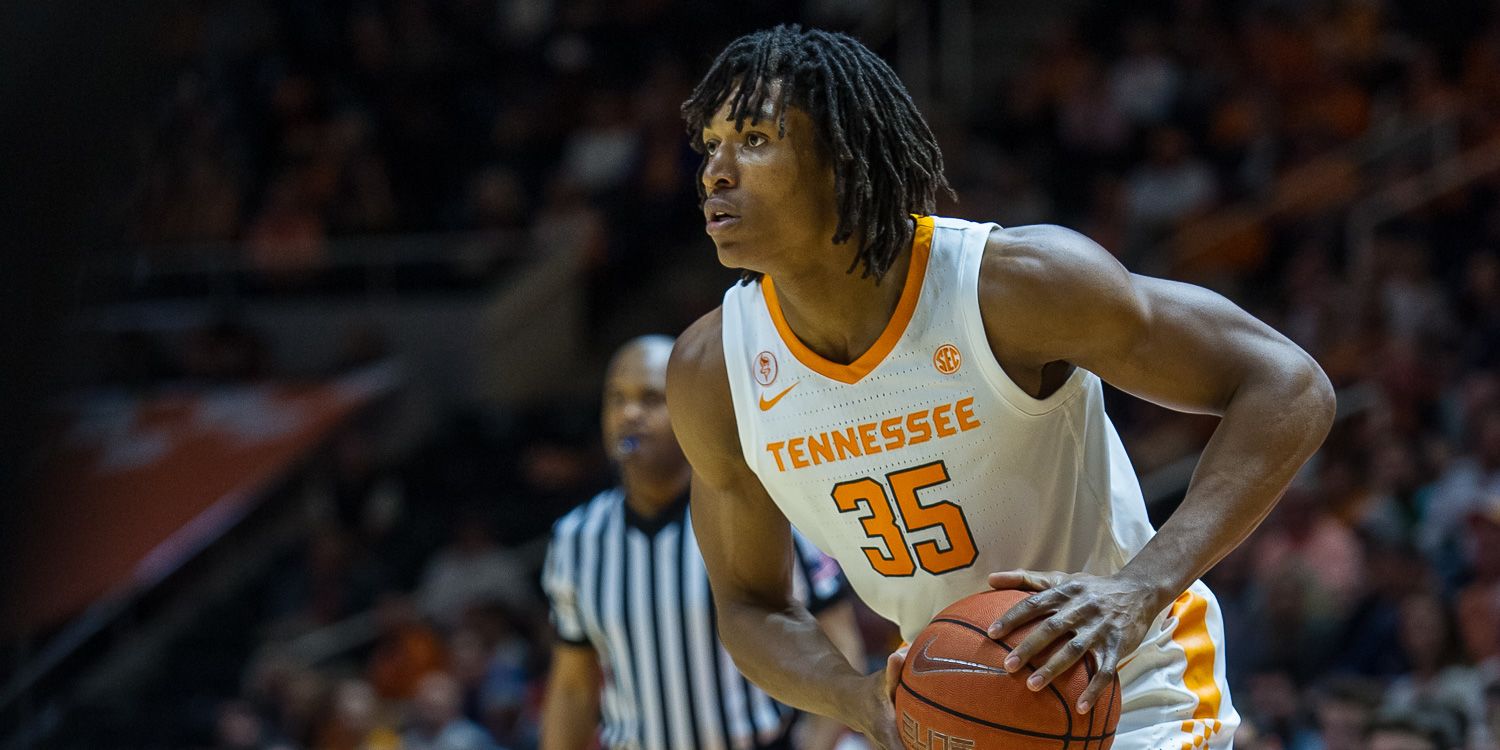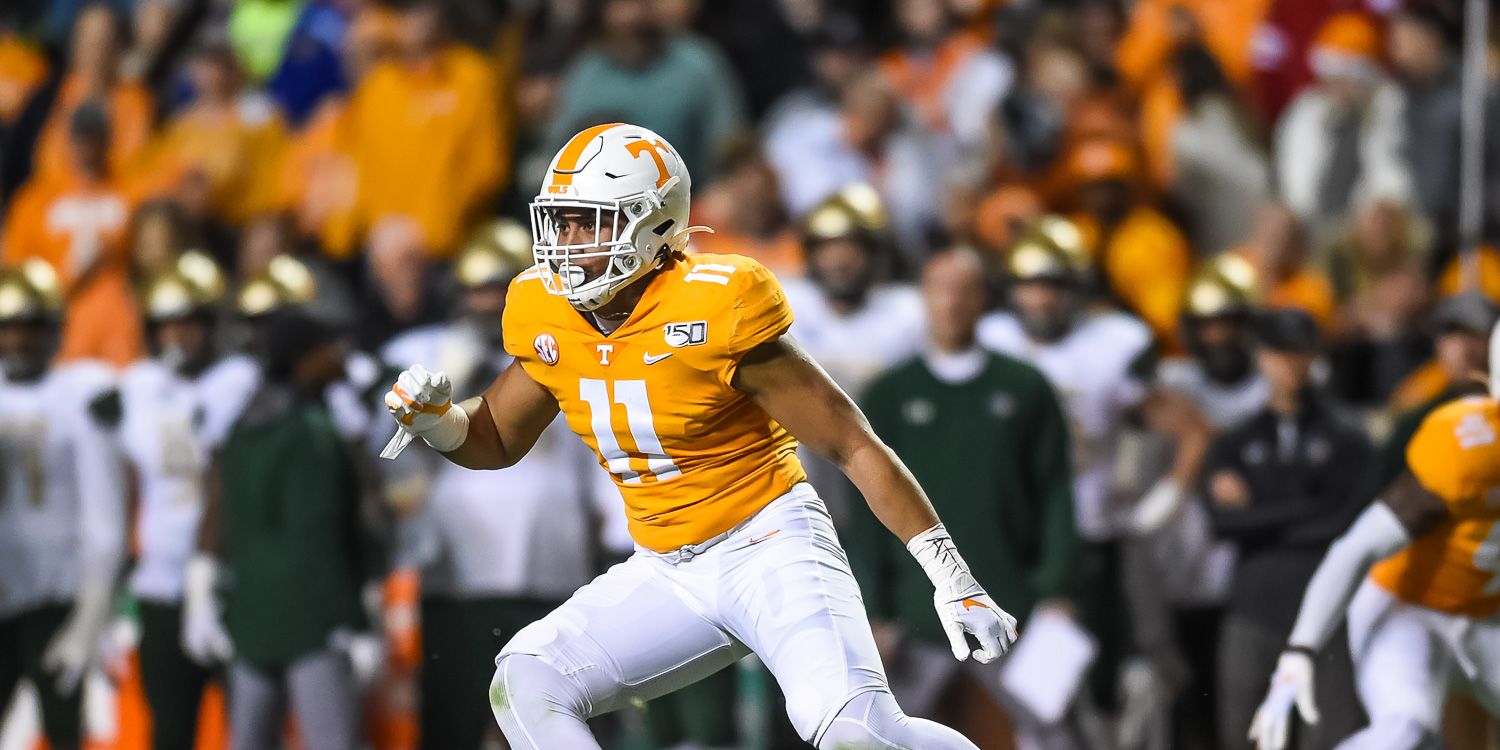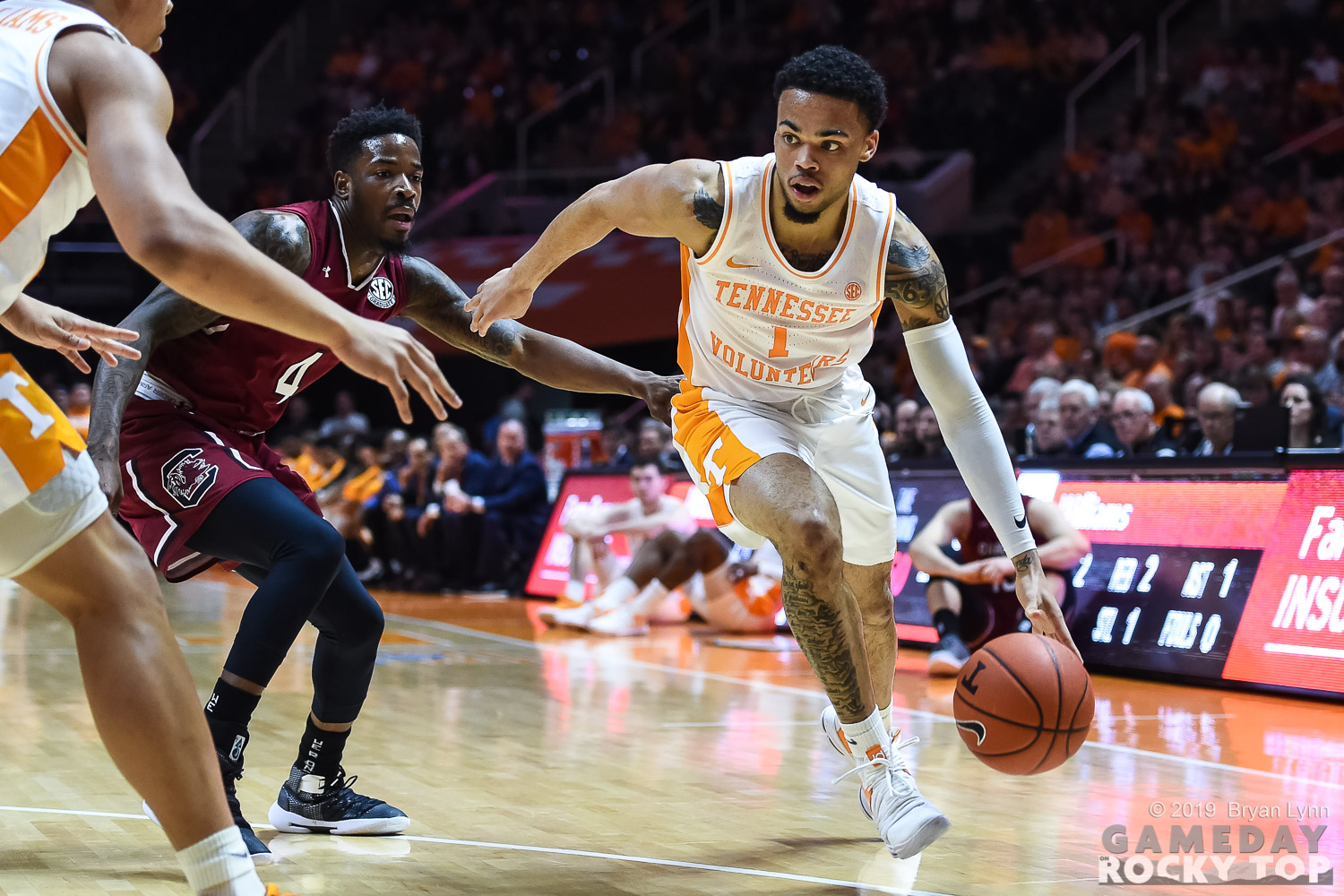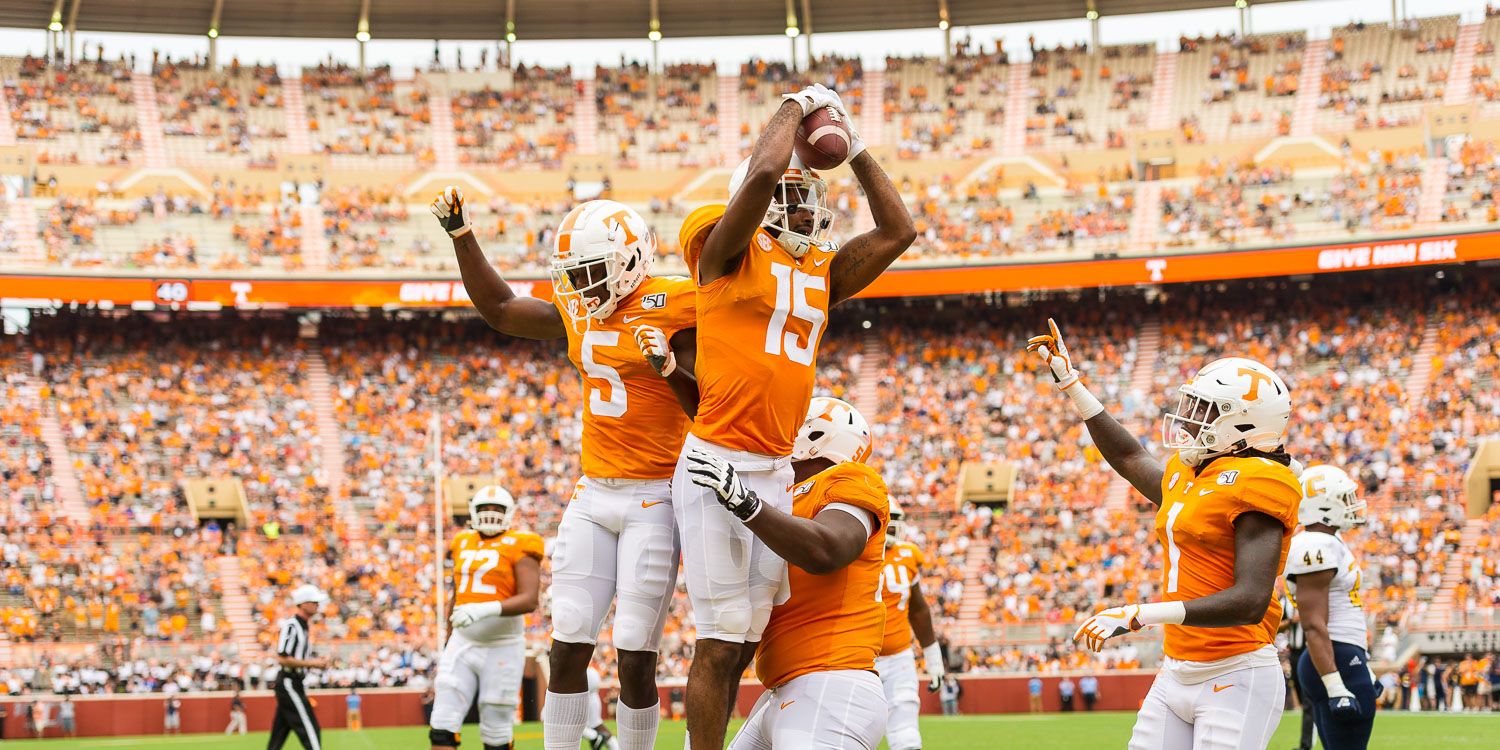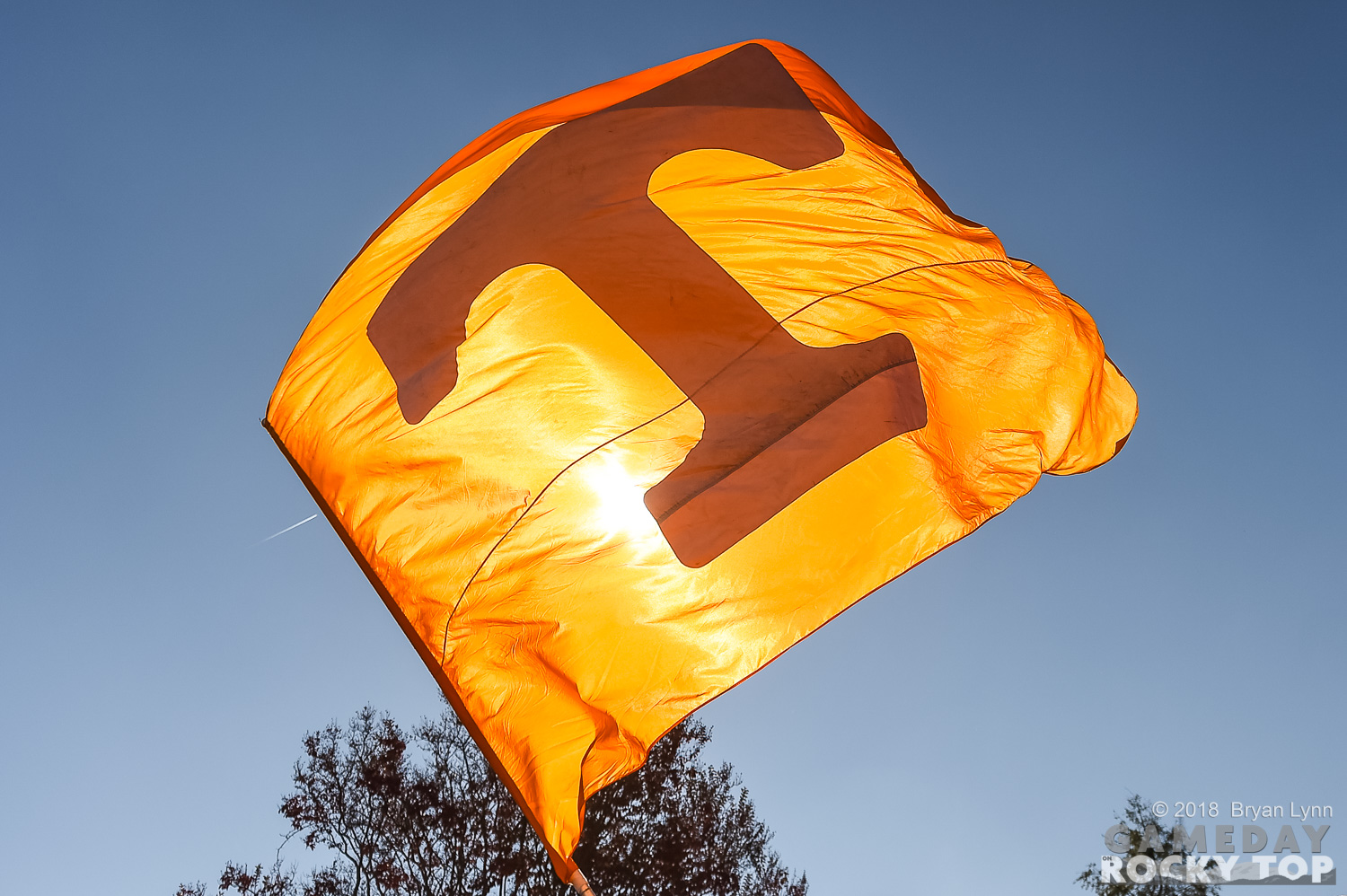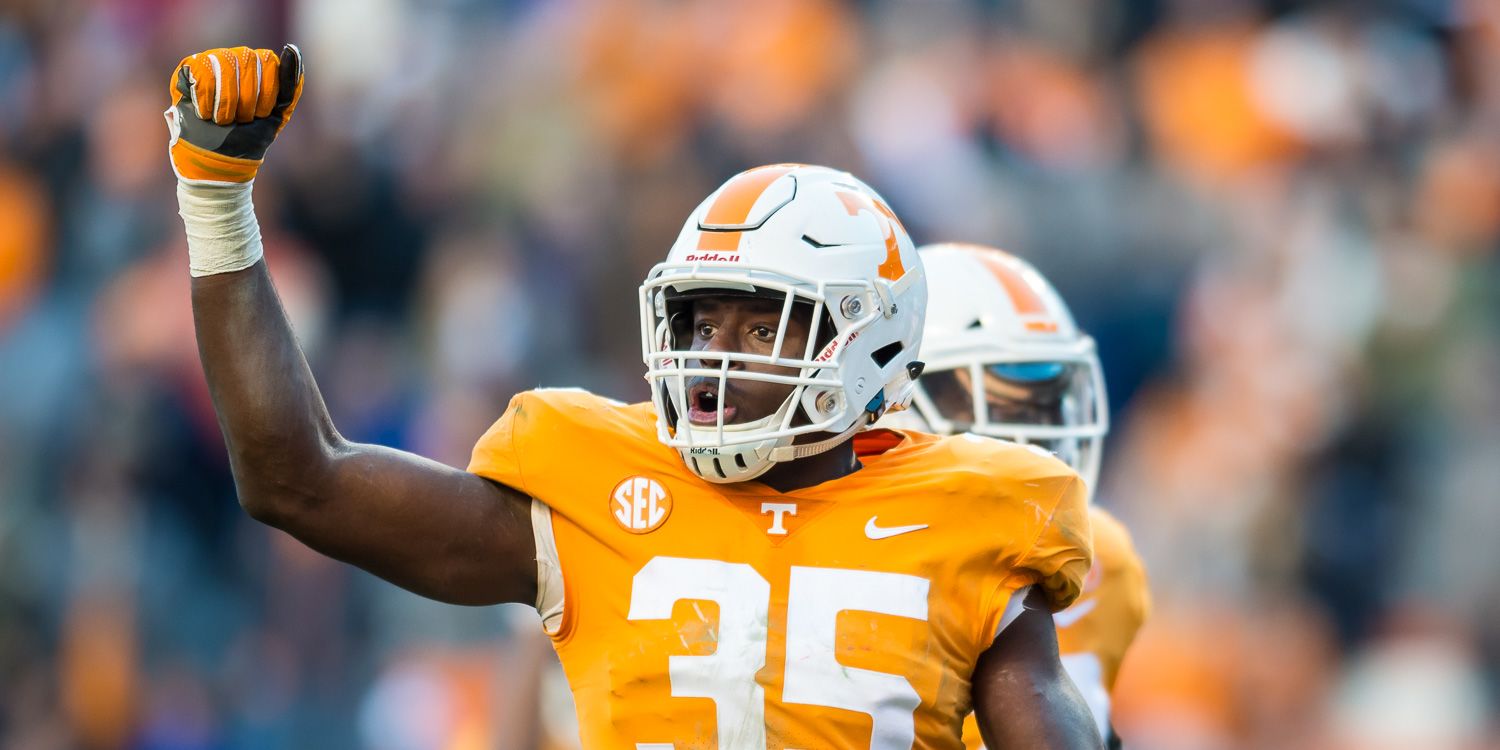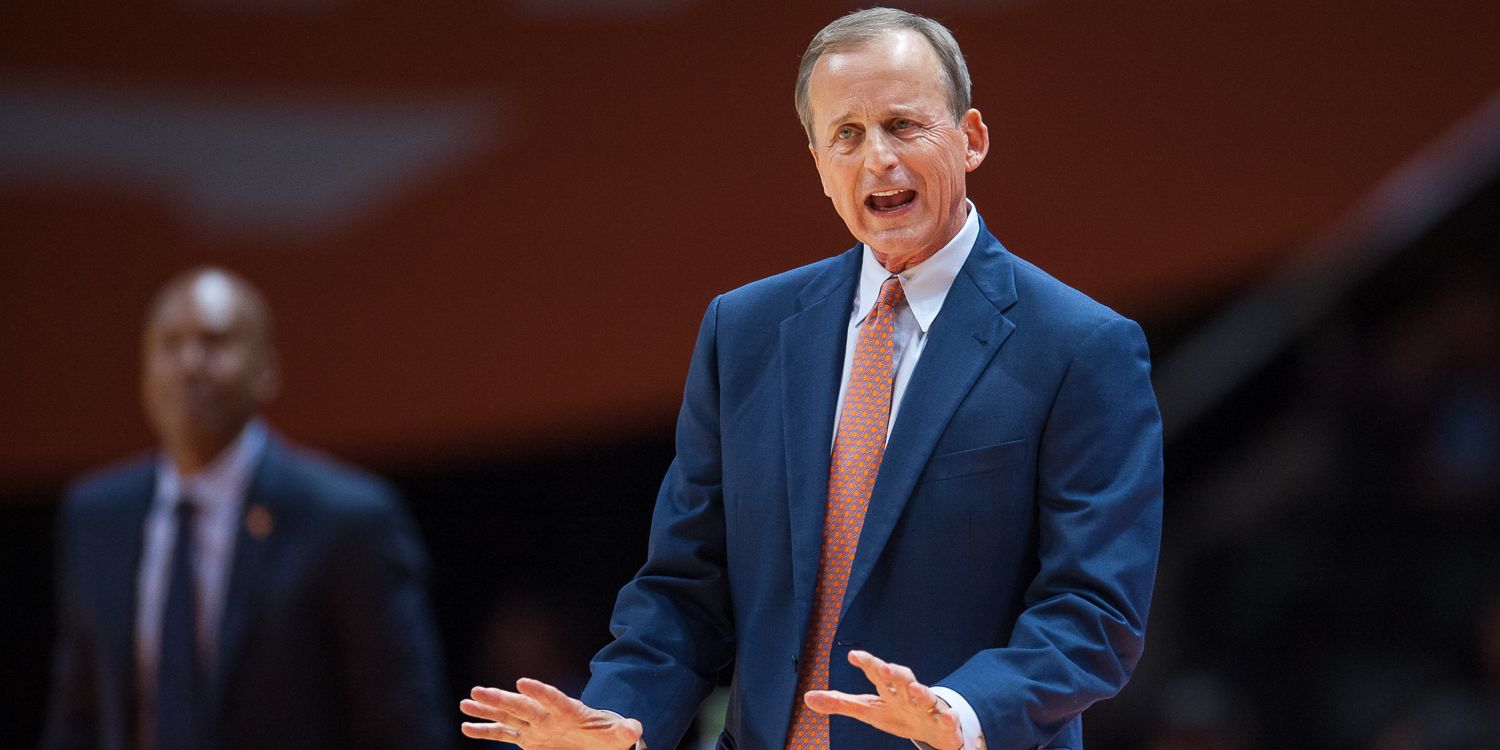Bowls always get an unequal piece of the pie, with an aftertaste lasting well into the off-season. We shouldn’t put too much on their outcome, we know. But throughout this contest, it really did feel like so much of what we’ve bemoaned and so much of what we wanted to validate about this year and this program were front and center. As such, there’s some piece of all of these issues we’ll rightfully be talking about in the months ahead:
Red Zone Issues!
After Tennessee’s opening drive was blown up by a holding penalty on the first snap, the Vols’ next three drives had:
- 1st-and-Goal at the 7
- 1st-and-10 at the 13, followed by 2nd-and-3 at the 6
- 1st-and-10 at the 13
And the Vols settled for a turnover on downs and two field goals.
We’ve got eight months to talk about Tennessee’s struggles in the red zone. We will use all the words. For all the good Tennessee actually did this season, they could’ve done even more with even average proficiency inside the 20. Instead, Tennessee ended the season scoring touchdowns (23) on less than half (47) of their red zone visits.
Had the Vols lost tonight, those three drives ending in only six points would’ve been culprit number one. Do not miss chances to put a team that might be happy to be there down three possessions.
Quarterback Drama!
Tennessee’s defense did everything right in the first half except stop Peyton Ramsey from scrambling when plays broke down. The Vols led 6-3 at halftime but had dominated statistically. The Hoosiers, to their credit, adjusted with a 12-play, 69-yard touchdown drive taking 5:31 off the clock to open the third quarter. Still, the box score showed no reason to worry. And Jauan Jennings was back!
Indiana knew it too.
A force to Jennings, whether by design or decision, led to Jarrett Guarantano’s second interception, this one returned to the house. Suddenly the Vols trailed 16-6 (thanks to a crucial missed extra point), and responded with…Brian Maurer.
It felt like a message-sending decision, right or wrong. Maurer, as he did at Florida several lifetimes ago, led the Vols downfield for three points while narrowly missing a couple of interceptions. Guarantano came right back in.
The Hoosiers – who deserve a lot of credit for doing plenty of little things in a game they were losing badly in the box score – nailed a 49-yard field goal to go back up 10. Guarantano went three-and-out. IU drove to 1st-and-10 at the Vol 16 yard line with 13 minutes to play. The Hoosiers’ win expectancy at this point via ESPN.com: 95.4%.
And then, they got cute: a give to Whop Philyor was blown up for a loss of seven, leading to another field goal and a 22-9 lead with 10:27 to play. And Guarantano went three-and-out again. IU’s win probability: 97.2%.
At this point, ye olde quarterback battle in spring practice was looking w-i-d-e open. It might still be, we’ll see. That’s still going to be a major talking point this off-season.
But Guarantano and the Vols weren’t dead yet.
Life From Death!
Tennessee got the ball back at their own 18 yard line with seven minutes to play. Some combination of Pruitt, Guarantano, and Jim Chaney made a simple adjustment: get your struggling quarterback going by checking it down to the running backs, with IU’s defense playing on its heels.
Coming in, Vol running backs had 26 catches in 12 games, 2.2 per contest. The first two plays of this drive went to Eric Gray underneath coverage for 34 yards. Then Jauan Jennings got in on the action for 22 more. Then it was back to the backs, this time Ty Chandler for eight more. On the night, Vol running backs caught six passes for 57 yards.
Tom Hart and Kenny Mayne have both mentioned on ESPN’s air that no team in college football had come back from down 13+ points with less than five minutes to go this season. After Jennings drew a pass interference call on 3rd-and-10, Quavaris Crouch punched it in from the one yard line to pull the Vols within six with 4:21 to play.
Onside kick? Onside kick.
Then Guarantano to Palmer, plus facemask, plus Eric Gray from 16 yards out for the lead.
When we’re discussing the plays of the year, there are a handful of candidates that might not get remembered when we’re looking back on this decade in 2029. But in putting this season back together, there were so many little moments that mattered much: Guarantano to Tyler Byrd against Mississippi State, the blocked punt against South Carolina, the third-and-fourth-down stops at Kentucky. That onside kick – decision and execution – belong on that list, and maybe atop it. I think Kentucky will end up being the best team Tennessee beat this year, so that probably tips the scales. You don’t get to January without going through Kentucky. But now that we’re here, this kick set the tone for the entire off-season.
Tennessee out-gained the Hoosiers 374 to 303. Indiana scored one offensive touchdown. It’s a game somewhere between Missouri and Kentucky on the “we should’ve won that by more” scale. It’s a semi-fun truth: for all the good Tennessee did in this winning streak, they could’ve played even better. That was certainly true tonight.
But as adversity, self-inflicted or otherwise, presented itself, this Tennessee team again rose to the occasion. They did it in new and dramatic fashion tonight, coming from behind in a way no other team has this season. And they did it showing the same fight that got us to Jacksonville in the first place.
We’ll spend the off-season picking apart the red zone choices and wondering what exactly is going to happen at quarterback. But we’ll spend it on a six-game winning streak at the end of an 8-5 season – the third-best since 2008 – because at the end of a season that once was lost and now is found, the Vols almost gave it away tonight, then roared back better than ever.
Never, ever a dull moment around here.
Go Vols.
